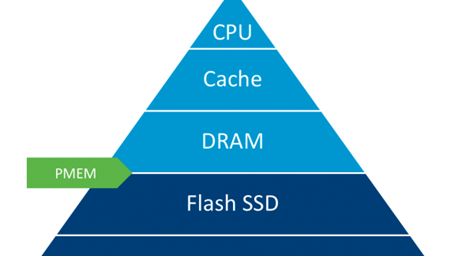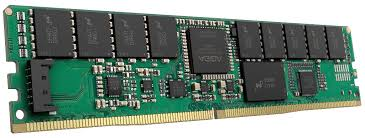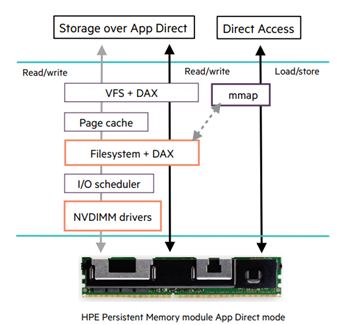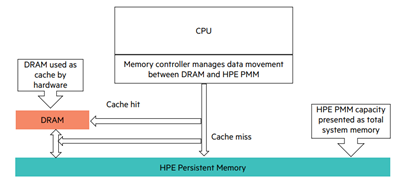
Continued Memory Technology
Persistent Memory technology was introduced to the market by Intel and HPE with the aim of increasing the capability of processing equipment in third generation data centers. The idea of combining the storage speed of DRAM technology with the stability of disk information has turned this technology into an ideal solution for storing and processing large amounts of data at a significant speed.

Persistent Memory has been marketed in the form of 256GB, 128GB and 512GB modules. This product uses the new and unique 3DXPoint technology, which has led to a significant increase in data storage speed.
One of the most important features of this technology is its non-volatile nature, low latency and the ability to provide higher bandwidth compared to non-volatile memories used in current storage technologies. Also, these advanced modules can support 6TB of memory in a server with two processors (DL380 equivalent).
Application
The most important application of HPE Persistent Memory is in structures with an increasing growth rate of information volume and requiring fast processing, such as cloud computing infrastructure, Big Data processing, in-memory analyzing, as well as database infrastructures in banking and payment processing. .
Persistent Memory Modes
Persistent Memory technology has been introduced as a revolution in the IT industry, which, in addition to high storage capability, provides considerable durability and speed. This technology generally has three methods of setting and implementation:
- App Direct Mode:
In this case, Persistent Memory modules act as persistent memory and all available space is allocated to this.

- Memory Mode:
In this case, Persistent Memory modules act as Volatile Memory, while DRAM capacity acts as Cache space.

- Mixed Mode:
When the Persistent Memory modules are set as Mixed, some of the capacity of the Persistent Memory modules is used as volatile memory space and the rest of the remaining capacity acts as persistent memory.
According to the type of Persistent memory implementation, there are two methods of Direct Access and Storage over App Direct to access the information stored on them.
Accessing HPE Persistent Memory information directly and with the App Direct Mode method provides the lowest amount of latency (momentary delay) in the shortest period of time. For this purpose, software should be designed in such a way that they can have direct access to stable memory. Currently, a number of software have this capability, including Microsoft SQL 209, SAP HANA and Aerospike.
Unlike the mentioned software, most of the programs currently used use the Storage Programming method. This method has a lower efficiency compared to absolute access, but its performance is still higher than all the storage solutions provided.

